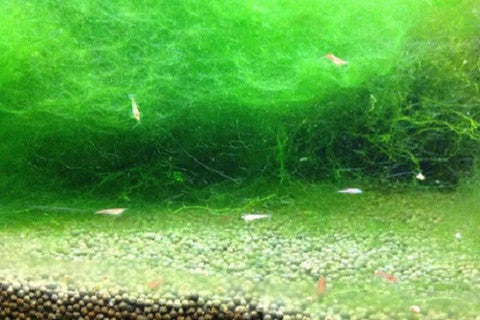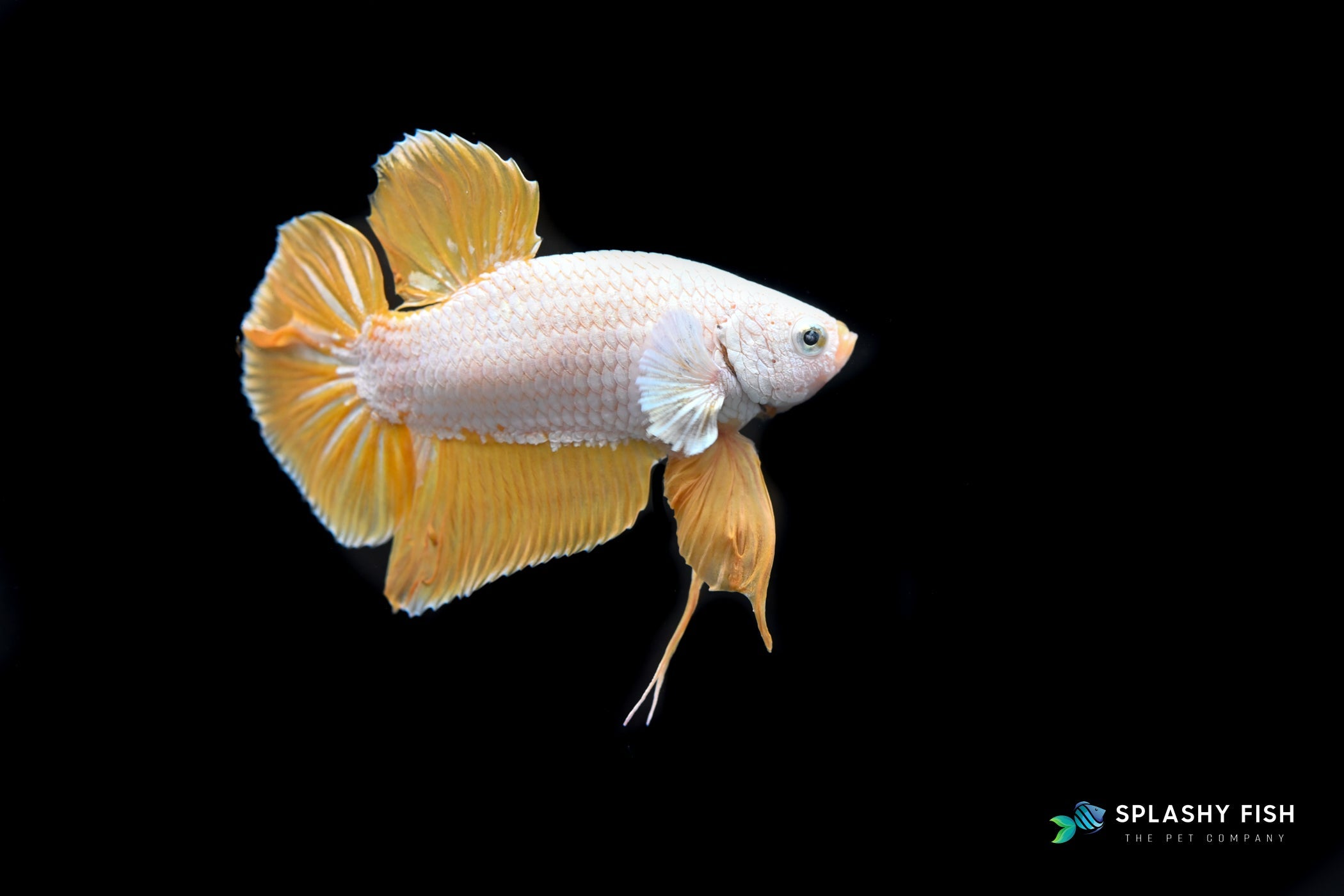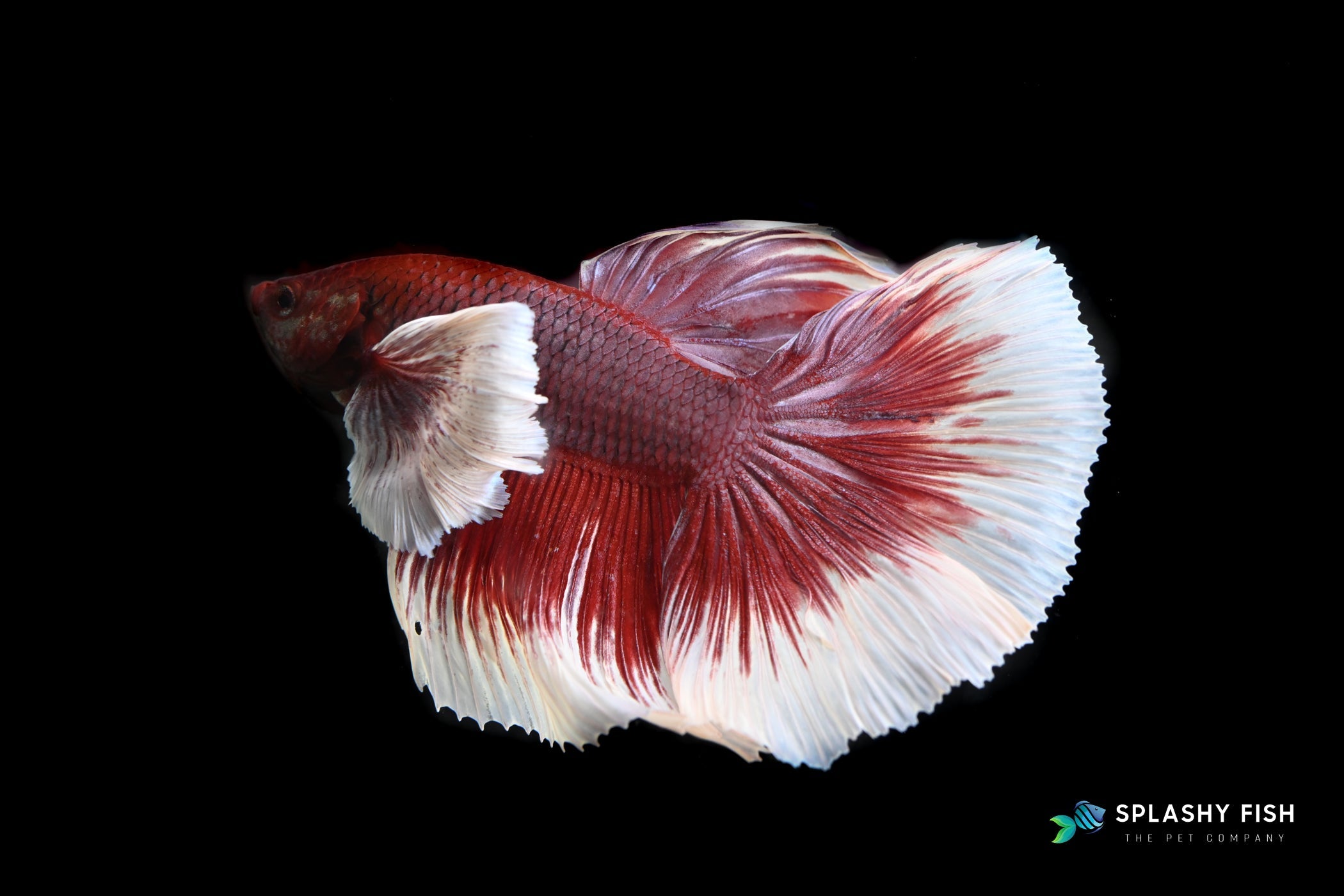Table of Contents
Amano Shrimp – More than the Adorable Invertebrates in Your Aquarium
THE BEST WAY TO GET RID OF ALGAE IN AQUARIUM TANK

Algae occurs naturally in the ecosystem. As long as the conditions (in the case of home aquariums, the reason lies in the imbalance of nutrients and lighting provided therein) favor it, you can’t help but see it grow with fast speed. Nonetheless, is algae bad for a fish tank? The answer has been given and debated for quite a long period.
Contrary to popular belief, algae do bring good to your tank to some extent. It is regarded as a food source to many fish and invertebrates. Further, algae could help produce oxygen into water during daytime through photosynthesis. If designed well, algae will make your aquarium attractive and more natural.
However, not everyone likes its growth, especially when algae bloom out of control. It is really irritating as your tank now seems not to be well-maintained and sort of dirt. To prevent this happening, many experienced aquarists prefer keeping some best algae-eaters in their tanks. Of all the favorite options, Amano Shrimp is always the first to think of.
Why Amano Shrimp?
Amano Shrimp (Caridina multidentata) are the best algae-eaters so far. The freshwater shrimp do feed on quite a lot of different types of algae, coming from hair algae, brush algae to even the tough one black beard algae. Further, concerning its size (of around 2 inches (5 cm) in length), a group of Amano Shrimp could handle a fair number of algae by crawling easily into narrow gaps and chewing chunks of algae deliciously. Not only that, these Caridina Shrimp species require no difficulty in terms of care.
How to care for Amano Shrimp?
Amano Shrimp are hardy species that will absolutely be an ideal option for any beginners, who are looking for experience with invertebrates for the first time. Let a group of 6 specimens dwell in a 10-gallon tank in the least, where plenty of live aquarium plants (moss is the best species for every shrimp-tank) and hiding places exist, Amano Shrimp could not be more grateful for.
Tank conditions are the next to be monitored carefully. Although Amano Shrimp can tolerate a wide range of water parameters, the following indicators give them the most comfort and joy when kept in captivity.
Ammonia and Nitrite: 0 ppm
Nitrate: less than 20 ppm
KH: 6 – 8 dKH
pH: 6.0 – 7.0
Water change: 20% per week
Mind that most shrimp are negative to copper, which means you should not poison your Amano Shrimp tank with the substance.

Once the shrimp are pleased with the living environment, you will find Amano shrimp spend most of their time foraging amongst the substrate and aquatic plants for leftover food, debris and algae. The behavior is also a plus point to consider them as the effective and diligent algae-eater. Amano shrimp main diet, beside algae, is omnivorous food. The freshwater shrimp could eat both meat and aquatic plant matter. Hence, they willingly accept a variety of food types including sinking pellets, frozen foods, and blanched vegetables (e.g., cucumber, squash, zucchini, and spinach).
Nevertheless, if your target of keeping the shrimp is for algae control, you should not feed them the sufficient amount. Instead, starve Amano Shrimp a little bit so they can go after the algae in your tank.
We believe the above information is abundant for you to keep your Amano Shrimp healthy and vigorous. However, if you intend to keep other fishes in the same tank, be careful of any large or aggressive species. Amano Shrimp is small in size and peaceful. Thus, they will not get along well with cichlids, arowanas, goldfish, crayfish, bettas and the like. If you insist on a community tank, you can consider those sharing the shrimp’s similarities in disposition such as cherry shrimp, guppies, cory catfish, mystery snails, nerite snails.
A good rule of thumb when choosing Amano shrimp’s tank mates is never let them consider Amano Shrimp the prey.
Even though Amano Shrimp appear to be the best solution for your algae-tank, it does not mean just keeping the shrimp only for a long enough time could solve the algae problem. In fact, Amano Shrimp are the mere assistant in this fighting. To reduce and eradicate the amounts of algae, you need to balance your tank. And by balancing, we mean performing water change regularly, cleaning the leftover food immediately, and keeping lighting time in limit. If you can do well, you can worry-free about the algae problem.
FAQS ABOUT AMANO SHRIMP
Can I keep Amano Shrimp in groups?
Yes. The shrimp are normally kept in groups of at least 6 specimens. Despite that, Amano shrimp do establish a pecking order which makes some of them dominant towards the others. Therefore, it is highly recommended that you try an even ratio of females and males. Then, the aggression will not be severe even when they are in breeding period.
How many Amano Shrimp per gallon?
As a good rule of thumb, you can add 1 Amano Shrimp per 2 gallons. However, the total tank size depends further on the number, and species, of fish you have in the tank.
Are Amano Shrimp appropriate for my tank?
Though Amano Shrimp do not possess impressive appearance, they are still a wonderful addition to your tank. Such dwarf shrimp, which are easily recognized by their large transparent/greyish colored body, green dots scattered on those heavily fed on algae, will benefit the tank community more than you can imagine.
At Splashy Fish Store, we supply a wide range of Amano shrimp which come from reliable sources. We further guarantee that all of our Amano shrimp will go through the quarantine process for a period of 14-day before sale. We care about the quality and strive to provide you the best we can.
Visit our Splashy Fish tropical fish store for high quality aquarium product and other aquatic shrimp for sale. Besides that, we also offer freshwater fish for sale, freshwater shrimp for sale, and other aquarium supplies.



























